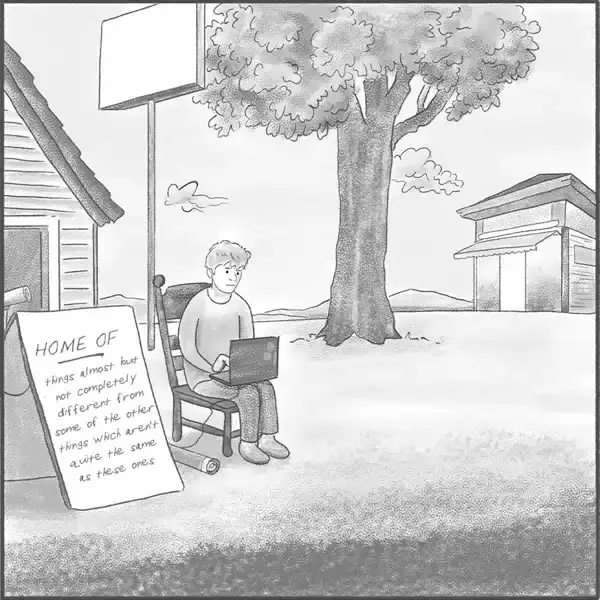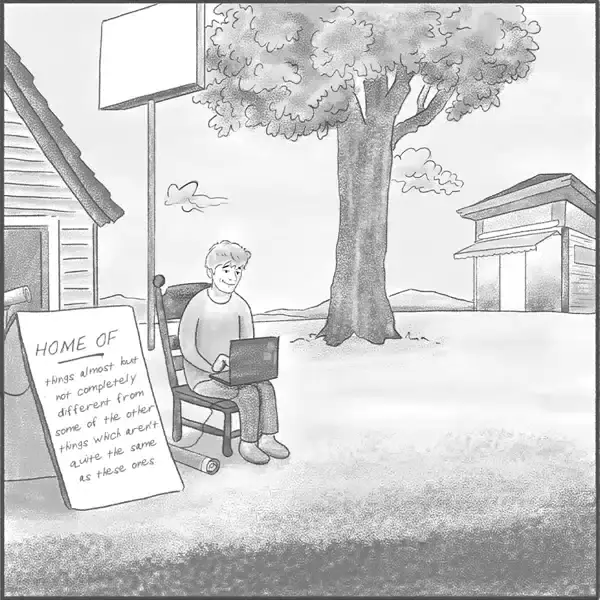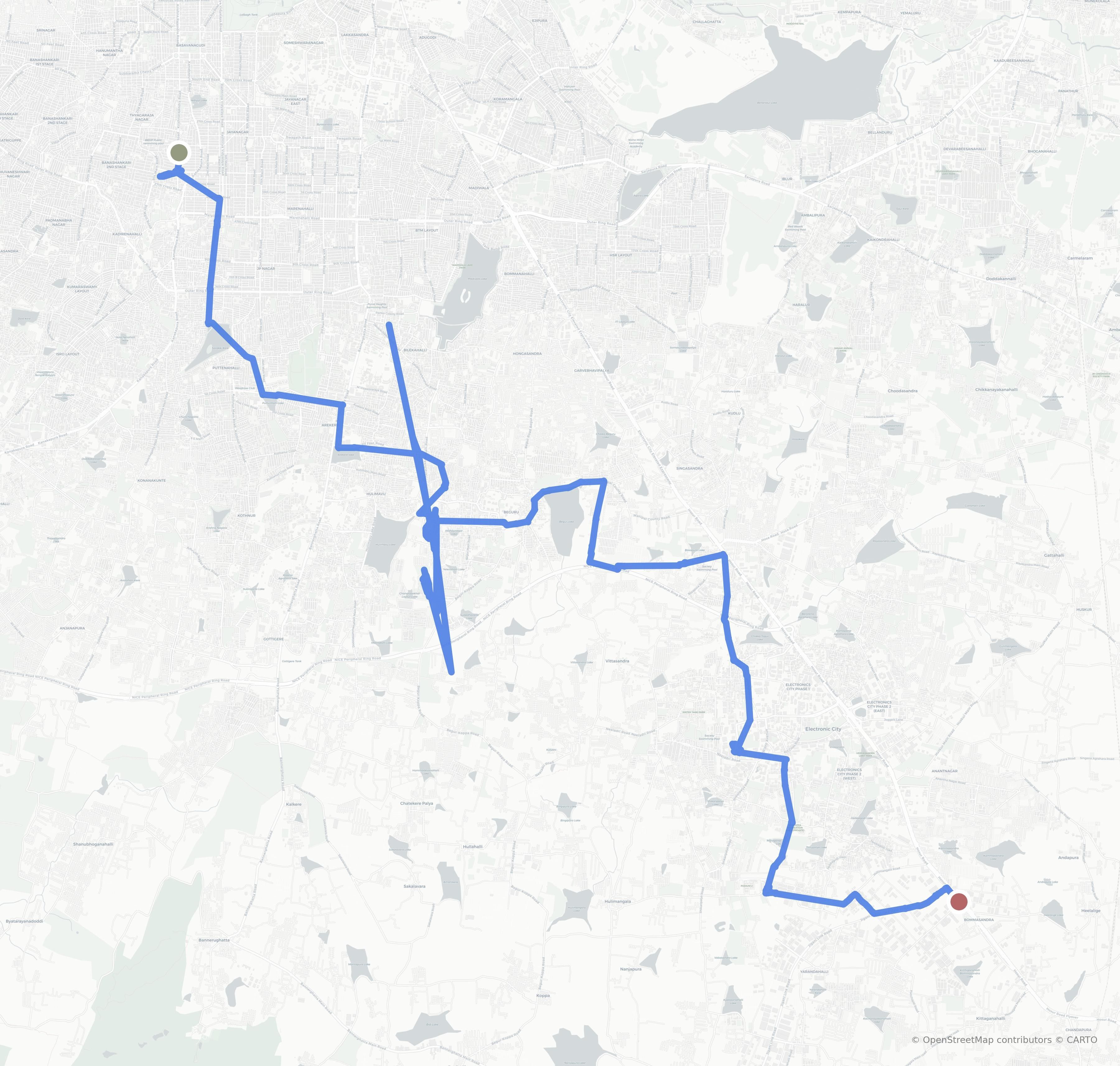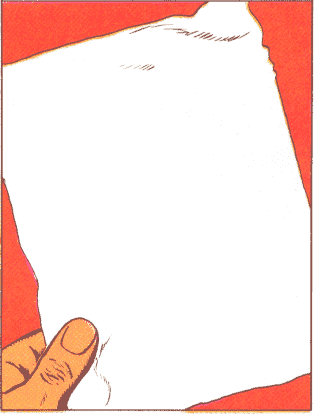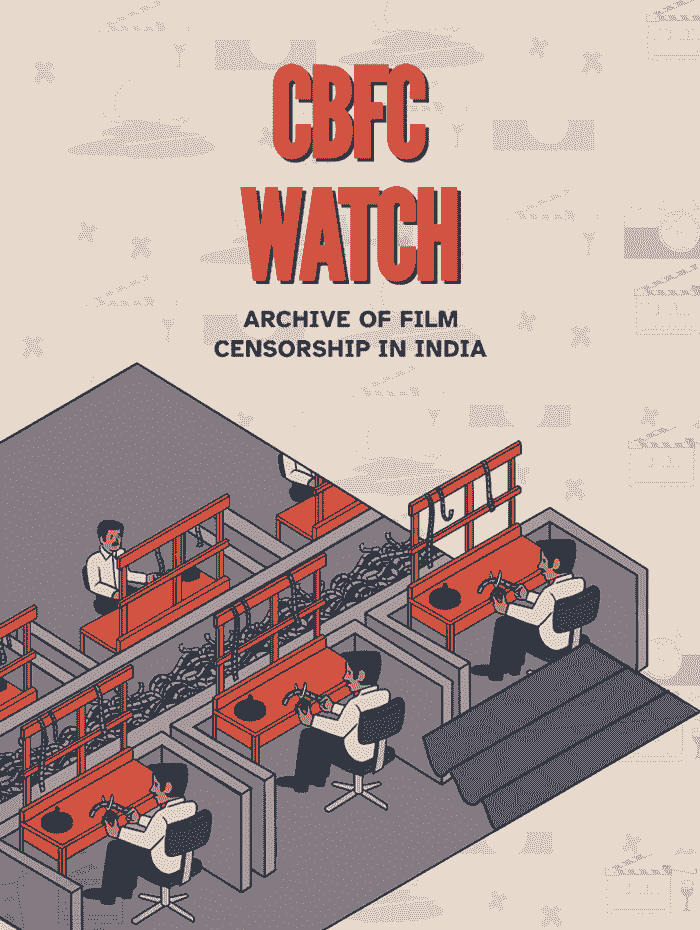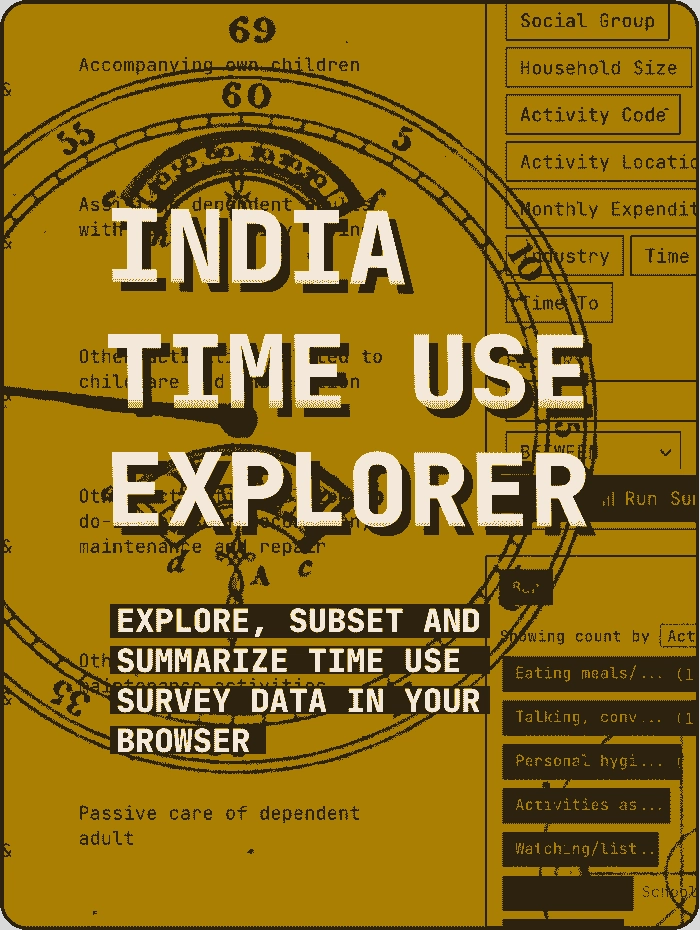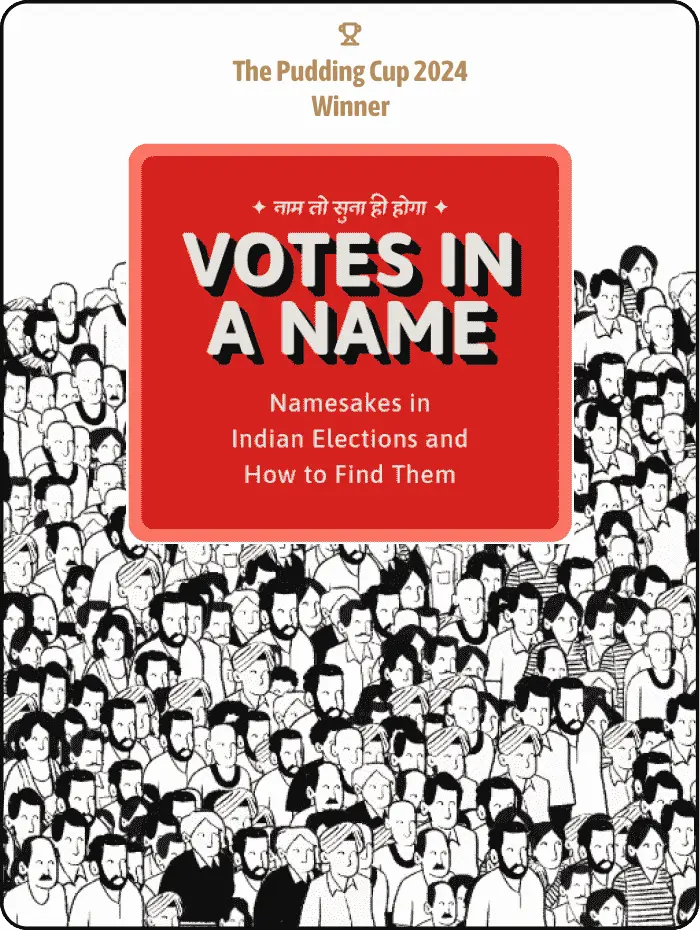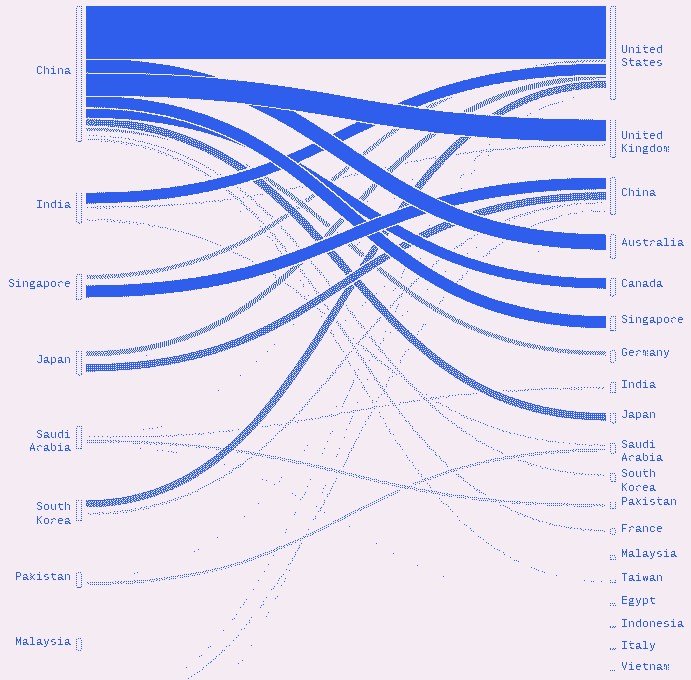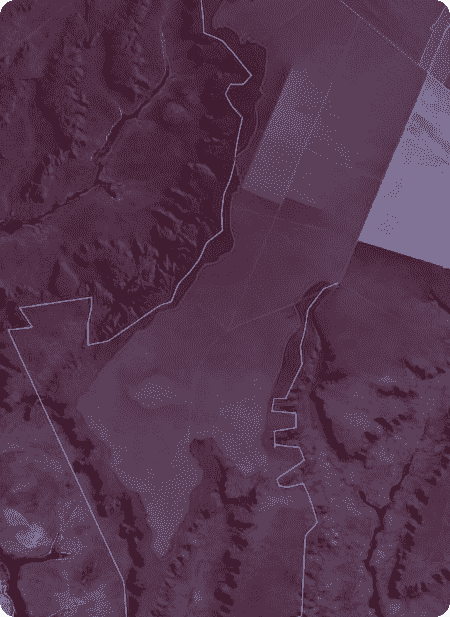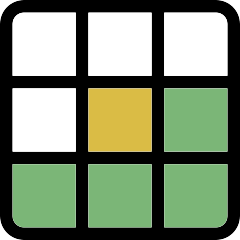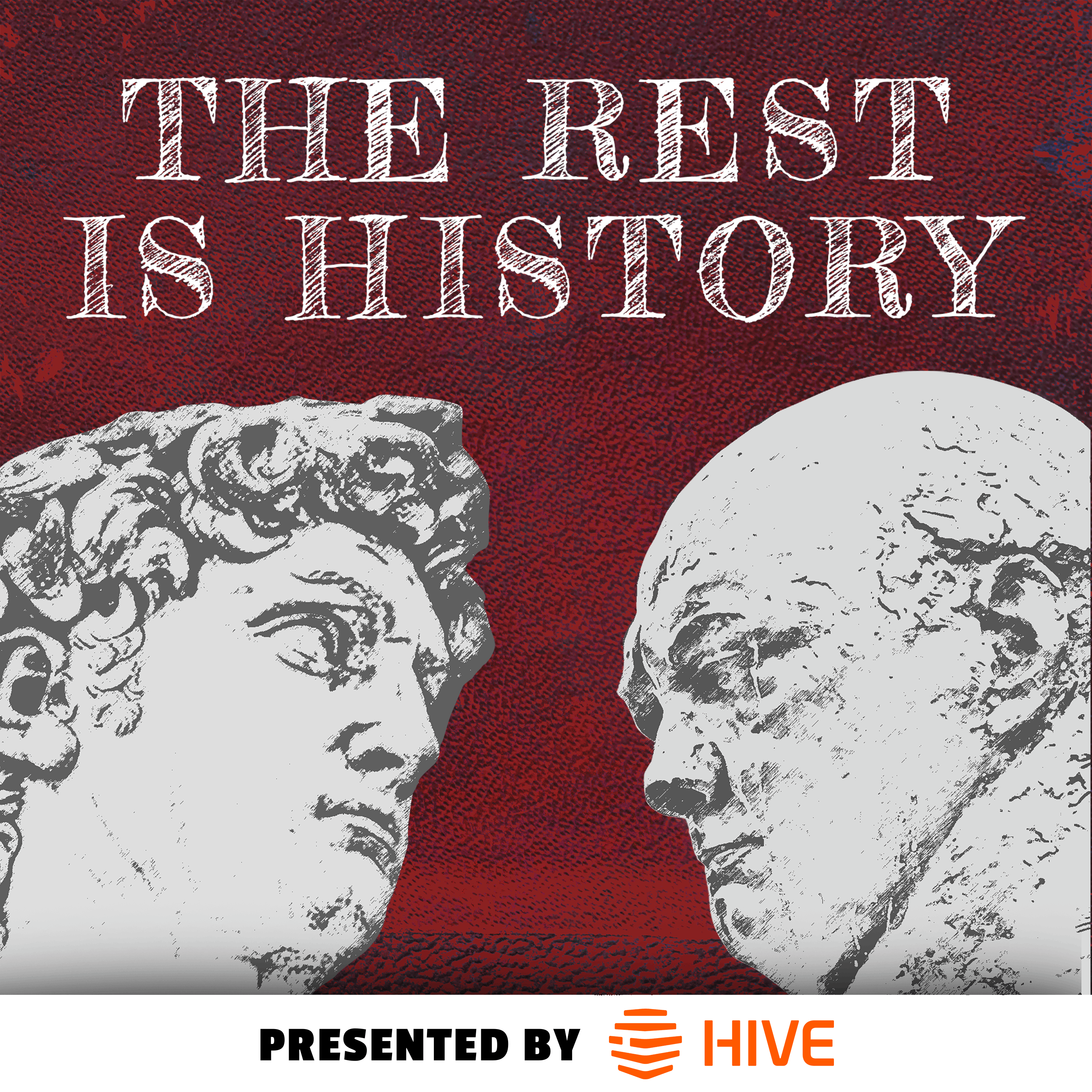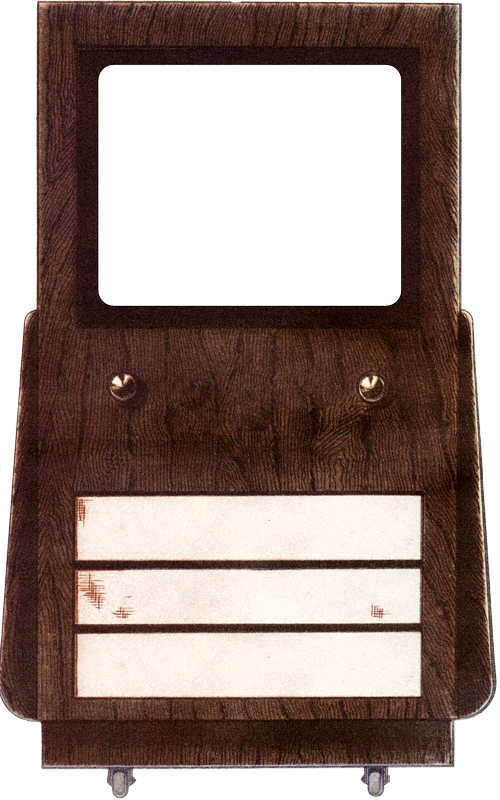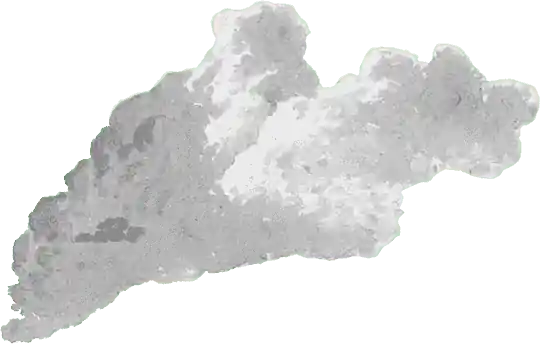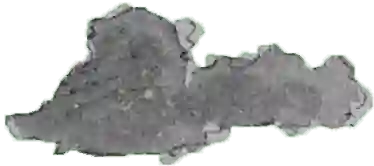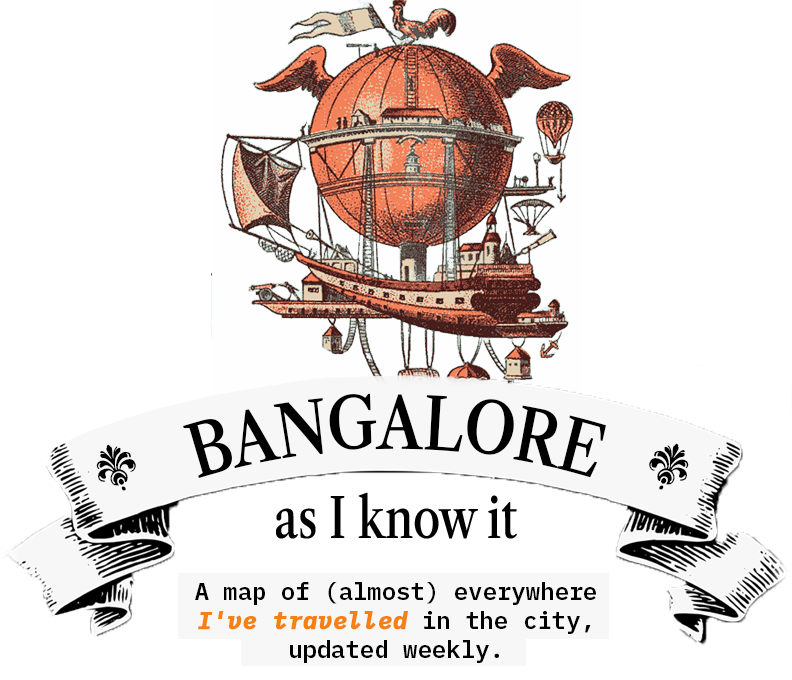Surprise surprise, Fall of Civilizations is my top podcast this year. This says around 6.3k minutes listened to on Spotify, but my guesstimate would be at least double that since I switched to AntennaPod halfway through the year when I realized the "wherever" that hosts often say in "wherever you get your podcasts" is possible because podcasts are RSS feeds.
FoC has been a great companion this year. I think it is genuinely incredible that such a fine production gives to itself the label of a "podcast". The sound design from the Mongols episode still gets to me on my 4th listen. The episodes on Carthage and Egypt make me feel both sad and hopeful. Sad because it puts into perspective how young the modern experiment I am a part of (idk how to describe what I mean by it, but largely the 20th and 21st century) is in the scales of time; how do we know where we're going? Are we going the right way? Who knows, because compared to Egypt, we're just a flash in the dark so far. On every re-listen, I love waiting for the prologue to end so I can listen to the piano notes chime in while Paul ends the introduction. Last week I found out that the Youtube channel also has beautiful videos to go with some of the episodes.
It has made me more appreciative of geography. Rarely does one find it being emphasized upon when learning about history. For example, the episode on the Aztecs begins with a vivid description of the Yucatán Peninsula and the the Chicxulub crater, 66 million years ago before it takes us to the people we'll be hearing about. Same with most of the others. How wonderful it would be if we could make geography interesting this way? I hate how it was taught to me in school.
For Christmas this year, I bought myself a signed copy of his book. One of the projects on my checklist is visualizing the timelines of the places he has covered in the episodes, maybe I'll do it sometime in 2026 as I read the book. Very thankful to have this podcast. I've been spoilt because no other history podcast comes close, in my opinion.
PS: I've not done any analysis yet, but I think Paul's favorite word is "resplendent" when he is describing any of the civilizations at their peak :P A great word that I've now begun to associate with his voice.

